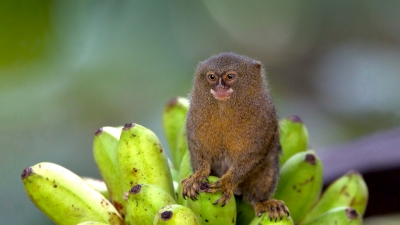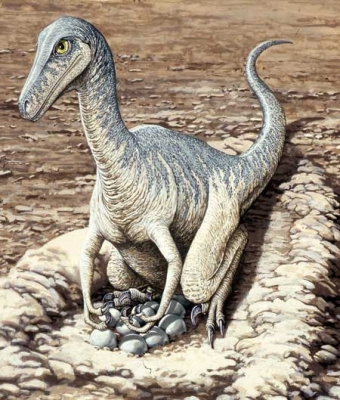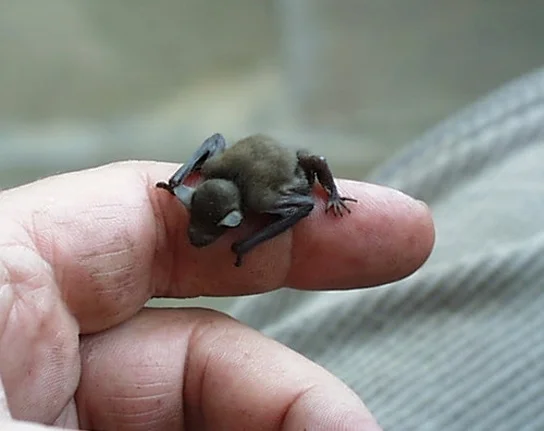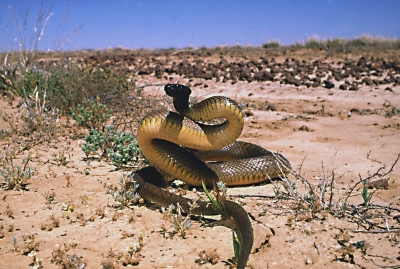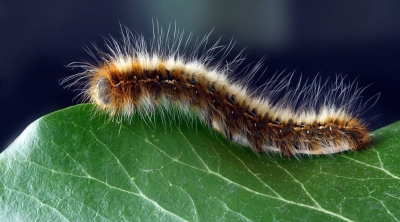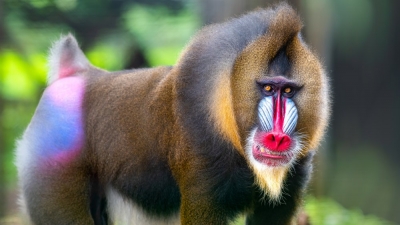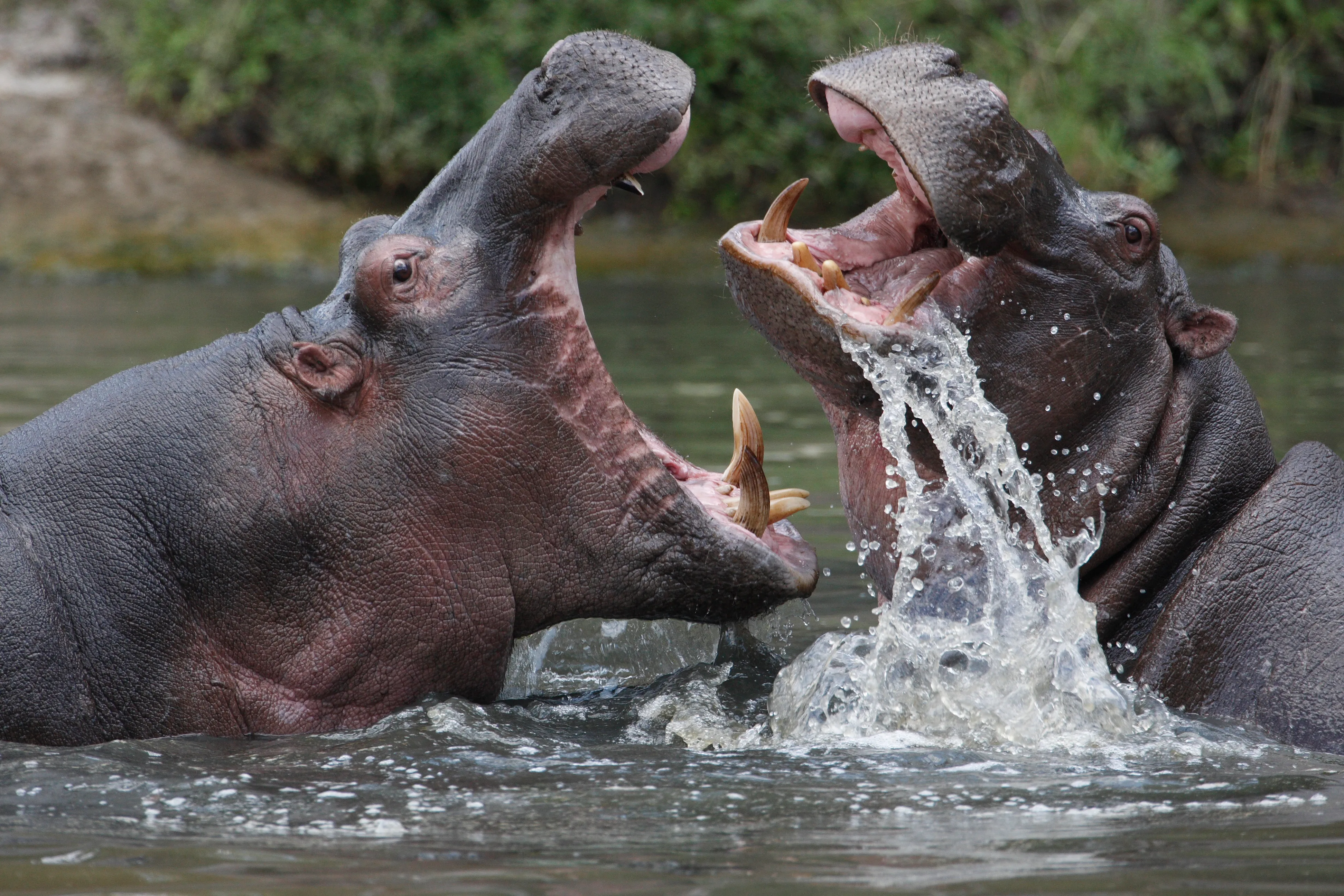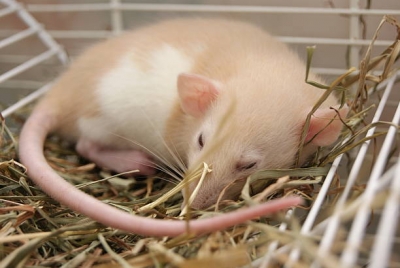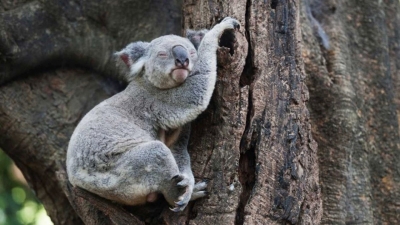
Animals have been a very important factor in the progress of mankind. You know that, right? How did man make boats? How did he catch fish? How did he build homes in difficult places? How did he fly? All of that came from keen observation of animals. Birds have taught pilots to fly in formation. It is not just what animals can do physically, there is a lot to leam from their emotional behaviour, says Dr. Vint Virga, a vet.
"Late one November evening a dog [brought to my clinic] in an unconscious haze forever changed the course of my life as a vet." he said. "Pongo, a two-year-old retriever struck by a [speeding] pick-up lay before me on a blanket." He was badly hurt. There was nothing modern medicines and the vets training could do for him. The doctor did all he could and then put his arm around him and sat down, frustrated and exhausted. "Yet, from this simple act of caring, in less than an hour, I watched him recover in body and spirit." Moved by the animal's will to live and his response to care, Dr. Virga researched into animal behaviour and wrote the book The Soul of All Living Creatures: What Animals Can Teach Us About Being Human.
Dr. Virga has listed 10 lessons we can all leam from animals
1. Savour the moment
Animals live focussed on the moment. Their thoughts do not wander about the past and future. By noticing more of each moment, we can fully appreciate what is happening right now in our lives.
2. Pay attention to your instincts
Animals are alerted by their senses. They respond to cues about the world around them by trusting their instincts and acting on them. As we attend to our senses and acknowledge our instincts, we open ourselves to new choices and opportunities.
3. Keep focussed on what's most important
On those days when it seems everything has gone wrong, when we feel down and out, our animal companions greet us with unfailing love and affection. They do not judge us on our success and failure. Even when we speak harshly to them or ignore them completely, they wait for the right moment to come to us. And in their patient devotion, they serve as reminders of how vital it is to connect with others and share our thoughts.
4. Don't get bogged down in words
Don't you feel comforted when your dog trustingly puts its muzzle on your lap? As we communicate with family and friends, most often we think of relying on words. The tone of our voice, our facial expressions, our posture, our movements, can all communicate our thoughts, emotions, and intentions. They're often more reliable than the words we choose. How about a hug?
5. Take time to rest
In the hurried pace of our daily routines, it's easy to fill our days with a steady stream of activities. Take a hint from our dogs and cats, the panda in the zoo, a hawk perched on a tree. We need those quiet moments to rest for a bit and give ourselves time to relax and reflect.
6. Remember to play
When we feel pressured by work or at home, a well-deserved break-even for just a few moments from the task at hand can lighten our load. From Labradors to Bengal tigers and timberwolves to leopards, creatures around us routinely play to invent, discover, and bring joy to their day.
7. Don't take yourself so seriously
Whether chasing their tails or pouncing on strings, our cats are fully absorbed in their game. They do not worry about how they may appear to others. When our dogs chase a ball, sniff at lampposts, or gnaw a bone, they relish their pastimes without concern for how they may look to passers-by. Ignore the judgments of others, and enjoy those playtimes.
8. Let go of attachment to being right or wrong
Evolution favours those creatures that focus on what matters most: finding food, remaining healthy, resting, caring for the young. When we keep thinking of our sense of pride and self-importance, we risk losing the outcomes and results we want most. Letting go of our attachment to personal pride frees us to align ourselves with what we value most.
9. Love unconditionally
In the silent presence of the creatures around us-all alone on the sofa with our dog by our side or cat resting cosily curled in our lap-we sense their regard for our thoughts and feelings, and we feel comforted. We too can do this for others.
10. Forget and forgive
Animals do suffer grief, misfortune, and misery. But unlike humans, animals have an incredible ability to forgive. Despite extreme trauma they may have experienced in the past, they manage to remain optimistic and not hold on to grudges. There are any number of stories of animals becoming ambassadors of hope and forgiveness even after being subjected to unspeakable cruelty. Continuity of life is more important to them than reliving the past.
Picture Credit : Google

